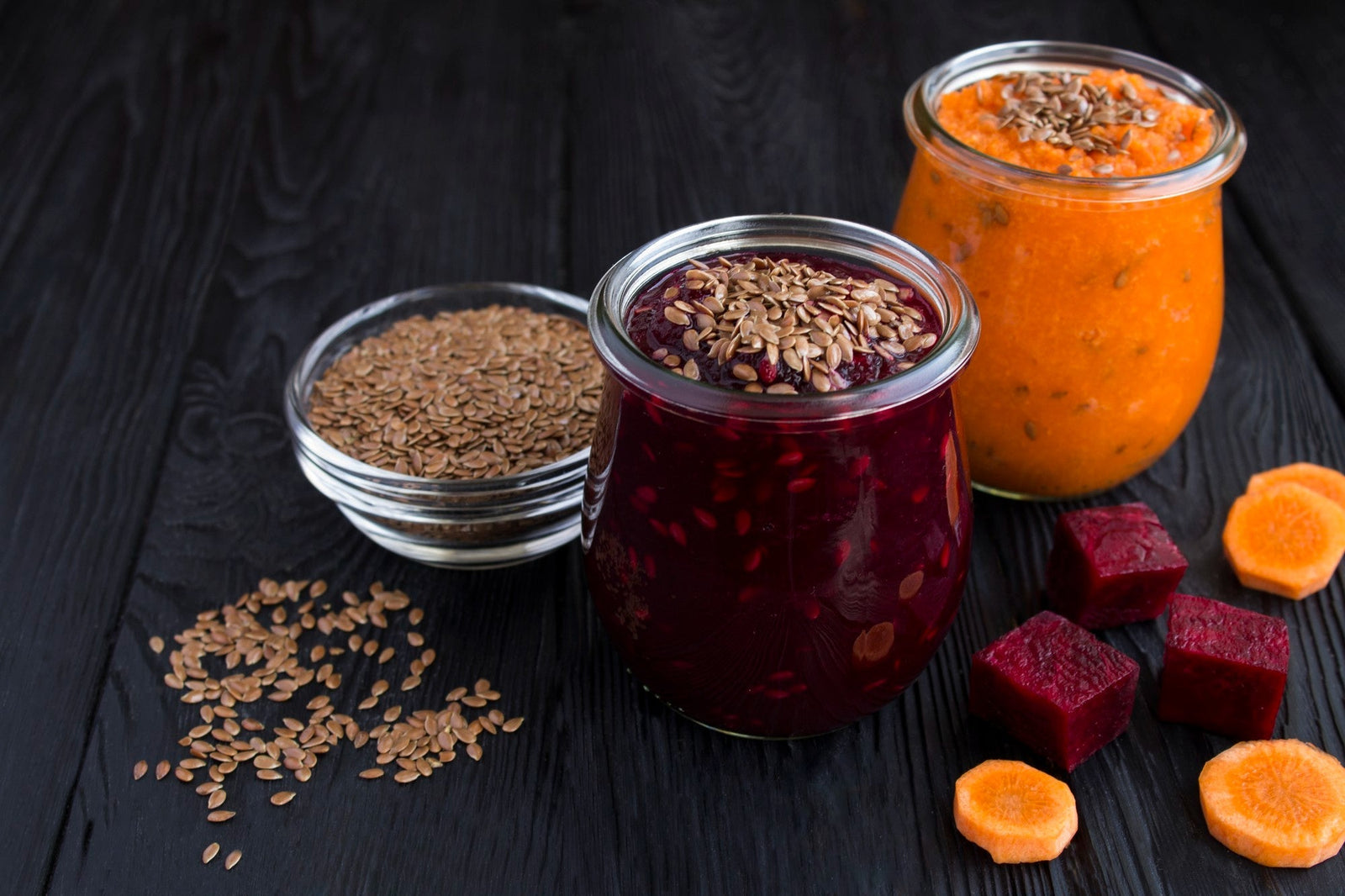
October 06, 2020 3 min read
The terms folate and folic acid are often used reciprocally but there are important differences between the two. While folate is a generic term assigned to water-soluble vitamin B9 that is found naturally in foods, folic acid, on the other hand, is a reference to the synthetic form of the vitamin used in most dietary supplements and fortified foods.
As far as performance is concerned, both folate and folic acid work the same in the body, with one main exception. Although folic acid is the synthetic counterpart, it is absorbed better by the body than the natural form of the vitamin. For instance, someone who takes 60 mcg of folic acid can reap the same health benefits that they would from taking in 100 mcg of the naturally occurring folate.
What does folate do in the body?
Sufficient folate intake sourced from natural folate dense foods is a must for good health. Folate helps develop healthy red blood cells and improves nervous system functions. It is also known for averting infant neural tube defects so women hoping to get pregnant must make sure to take adequate supplies of folate both before and during the span of their pregnancy.
Dietary folate can easily be sourced from several green vegetables like spinach, romaine lettuce, collard greens, parsley, asparagus, and broccoli. Lentils are another good source. while folate may also be accessed by including chicken liver and calf liver in the diet. Women who want to become pregnant are advised to take between 800 and 1200 mcg of folate daily for a few months before the start of the pregnancy. During pregnancy, the dietary needs of folate double given its role in rapid cell division and growth. Though the daily recommendation for pregnant women is between 400 and 600 mcg of folate, this is the nominal amount required to avoid birth defects.
When women substitute folate in place of folic acid it is usually recommended to have an amount greater than the minimum suggested. Another reason for doing so is that folate is not absorbed easily by the body, so it makes sense to supplement more and best source it from natural foods. A folate deficiency can often be traced as a trigger behind conditions such as anemia, the incidence of neural tube defects, and the increased risk of certain types of cancers.
What are the risks associated with too much folic acid intake?
Folic acid is tolerated well in the amounts included in fortified foods such as cereals and baked goods. When taken in supplemental form, folic acid helps raise folate levels in the blood and reducing symptoms linked with low levels of folate. Folic acid is often paired with other vitamin B combinations and can assist in reducing levels of homocysteine in the blood. However, too much of this synthetic form of folate can elevate the risk of some types of cancers and may not even be as useful in averting neural tube defects. Another problem often linked with overdosing folic acid is that it can also mask a B12 deficiency. Unfortunately, too many prenatal vitamins usually have folic acid in place of folate.
❤ Try our USDA certified organic products ❤
Related Blogs:
Thanks for reading this Be Still Farms Blog article. To sign up for more news/articles and/or recipes, click here. For more about us, click here. To shop our certified organic products, click here.
Please comment and share and we look forward to serving you in the future!
Comments will be approved before showing up.

January 27, 2025 3 min read
Flaxseed, the tiny yet powerful superfood, is packed with nutrients that can support weight loss. From curbing hunger to stabilizing blood sugar, this guide dives into the science of how flaxseed can help you shed those extra pounds.

December 11, 2024 3 min read
Discover three quick and easy soup recipes featuring organic small red beans. From a classic vegetable soup to a creamy potato blend, these wholesome recipes are perfect for chilly days and busy weeknights. Packed with flavor and nutrition, these soups will warm your heart and soul this winter!

December 06, 2024 3 min read
This vibrant and nutritious Green Lentil Salad combines tender lentils with grilled chicken, fresh vegetables, and a zesty lemon dressing. Packed with protein, fiber, and essential vitamins, it’s the perfect healthy meal for any time of day.
© 2026 Be Still Farms- Real, Fine Organics.
Privacy | Terms | Refund Policy | Organic Certification
